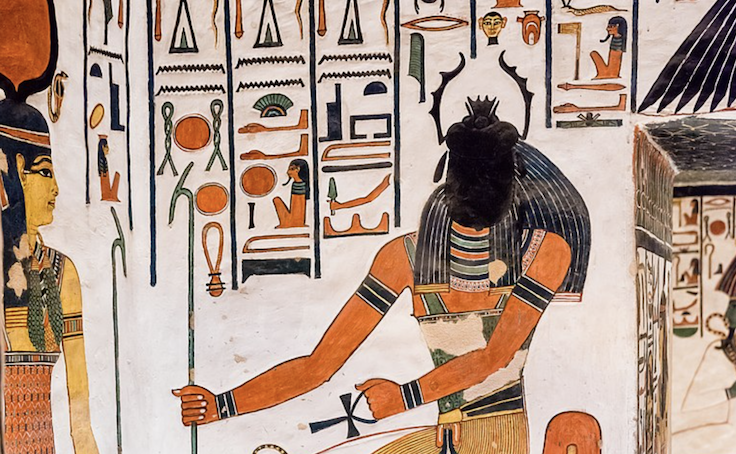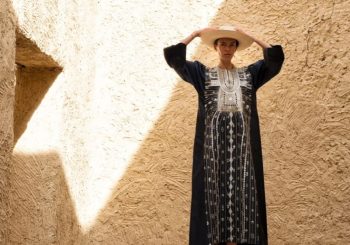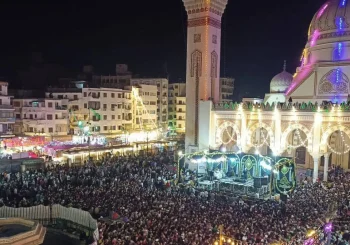Symbolism is the only mutual language which remains between ancient Egypt and the modern world; the eye of Horus has matured into a modern token of the magical unknown and the all-knowing, while visions of Sekhmet stalking the desert to protect her Pharaoh sit under the same sun which warms Luxor today. A particularly common motif among the ever-optimistic Egyptians, though, was one of death.
For more than a thousand years, Ancient Egypt has honored death with plenty of rituals, from organ preservation to mummification. All symbolic, of course, but none quite as romantic in nature as the scarab, Egypt’s crowning symbol of rebirth; Egyptians would remove the heart of the deceased and replace it with a small, stone amulet of a beetle (kheper). They associated this little creature with the act of resurrection and creation; to them, the kheper was the representation of rising from nothingness – a direct symbol of the god Khopri.

In one of the multiple creation myths, Khopri was an essential figure: he was a sculptor, Father of the Gods, and lord of creation. According to mythos, Khopri created all things out of clay, much like a scarab rolls up excrement and dust into beetle balls to feed their young. One suggested belief was that all beetles were believed to be male, birthed directly from the soil, and thus it was easy to associate them with new life and resurrection. Another theory posits that the symbolism of rebirth derived from the fact that the beetle babies ‘popped’ out of their eggs from within the dung balls. Scholars have even likened Ra’s “rolling of the sun” across the sky to the way in which this modest creature rolls the dung balls across the land: with diligence, without fail. It is yet another representation of cyclical reasoning in Ancient Egypt.

In replacing the heart with a kheper talisman, the ancients believed they were removing the human qualities contained within it (such as fear, weakness, and desire) and replacing them with new, untouched life. That was hardly the only use for kheper amulets, though. Much like religions today, the inclusion of divine symbols in the home was a form of safety, a powerful means to gaining the favor and protection of the gods.
Interestingly, a massive beetle sculpture standing outside Luxor temple has been the focus of local legend for years: visitors were encouraged to rub it for good luck, and local women would circle it seven times in the hopes of becoming pregnant.
Today, the scarab remains in Egypt as a symbol of beauty and culture. It features commonly in jewelry and artistry, embedded as a symbol in contemporary art and more commercial Egyptian endeavors. Many handmade, hand-designed artistry, such as Sepia jewelry, derive most of their inspiration from ancient lore – in particular the iconic kheper.

Inherited from the ancients, this beetle has burrowed well into the hearts of many Egyptians today – with that same diligence and unassuming beauty. Beyond Egypt, the scarab retains the imagination of many, featured in popular culture as well as cementing itself as a trendy tattoo motif for the inspired and young-hearted.






Comments (10)
[…] Why Scarabs Are at The Heart of Ancient Egyptian Symbolism […]
[…] can’t start this tutorial without mentioning ancient Egyptian scarabs. The Egyptians revered the beetle as a symbol of creation and […]